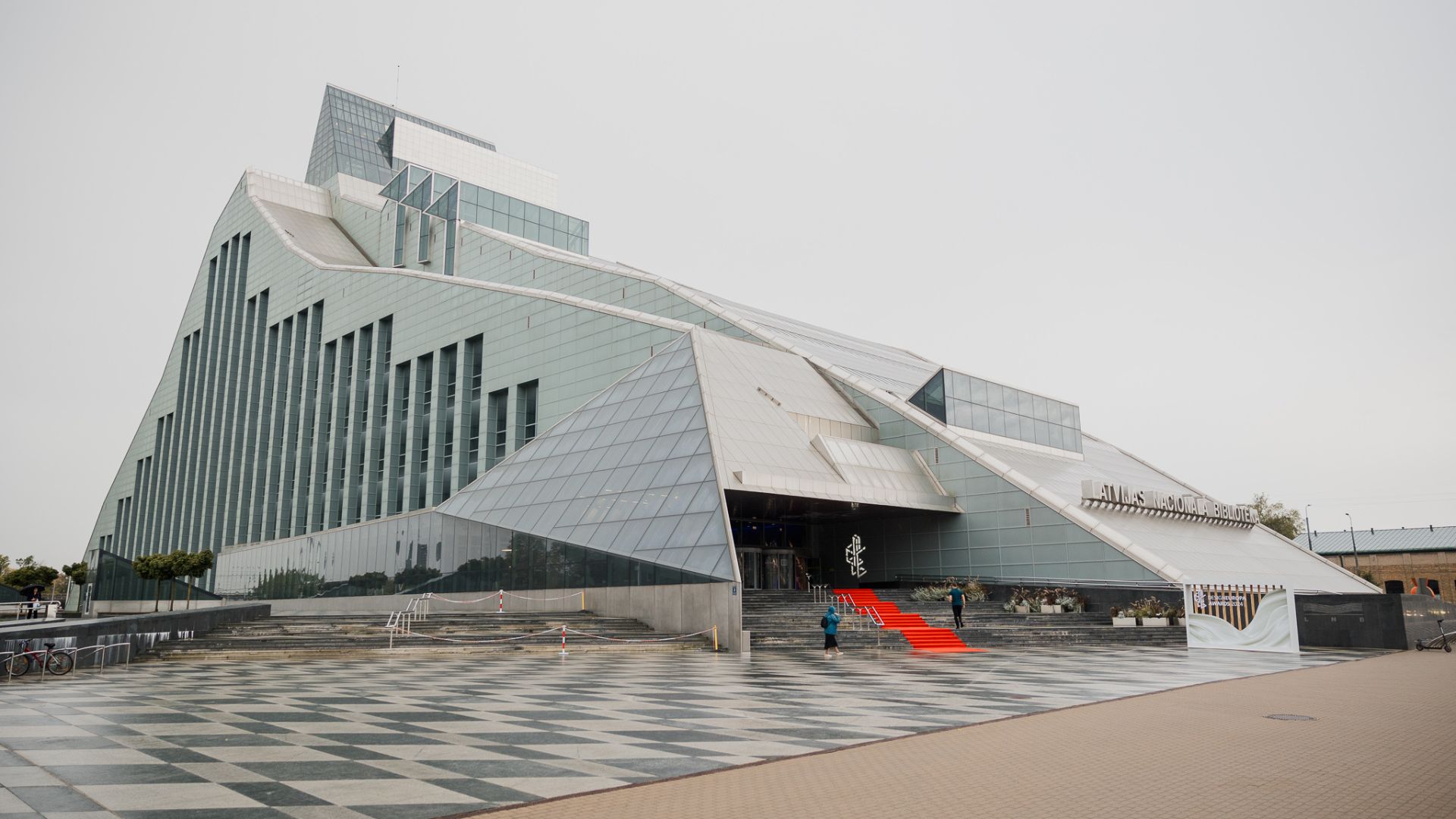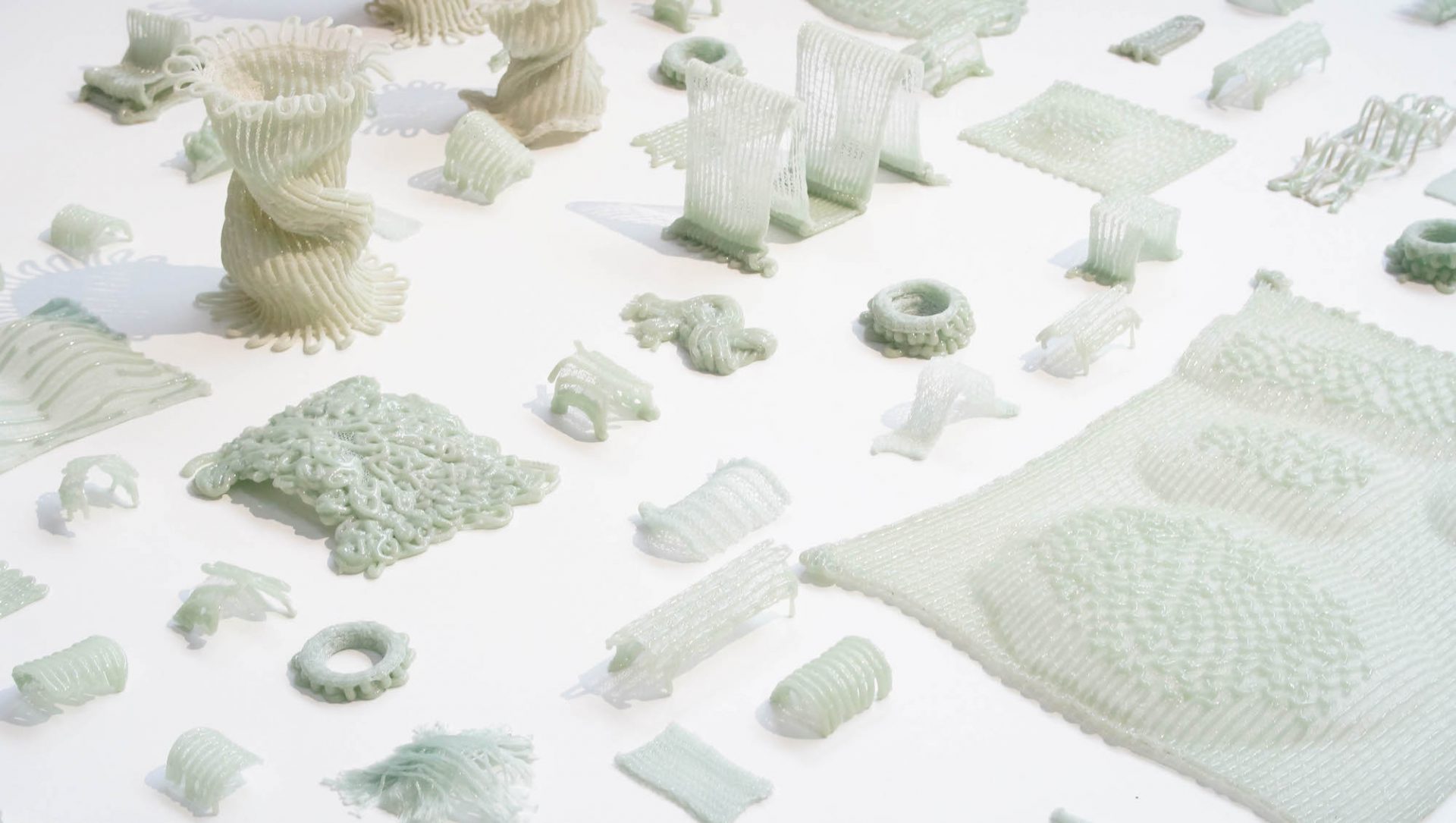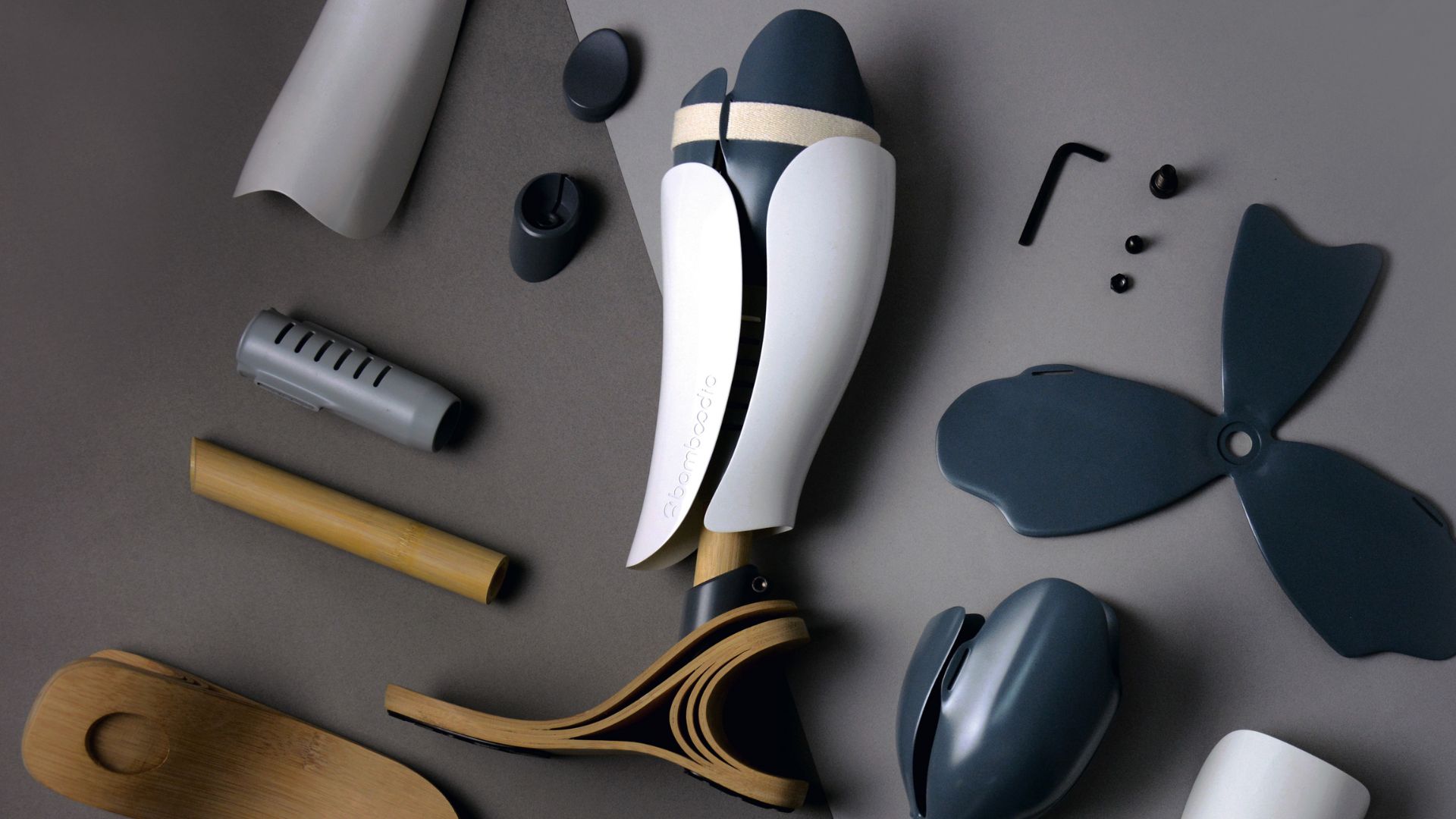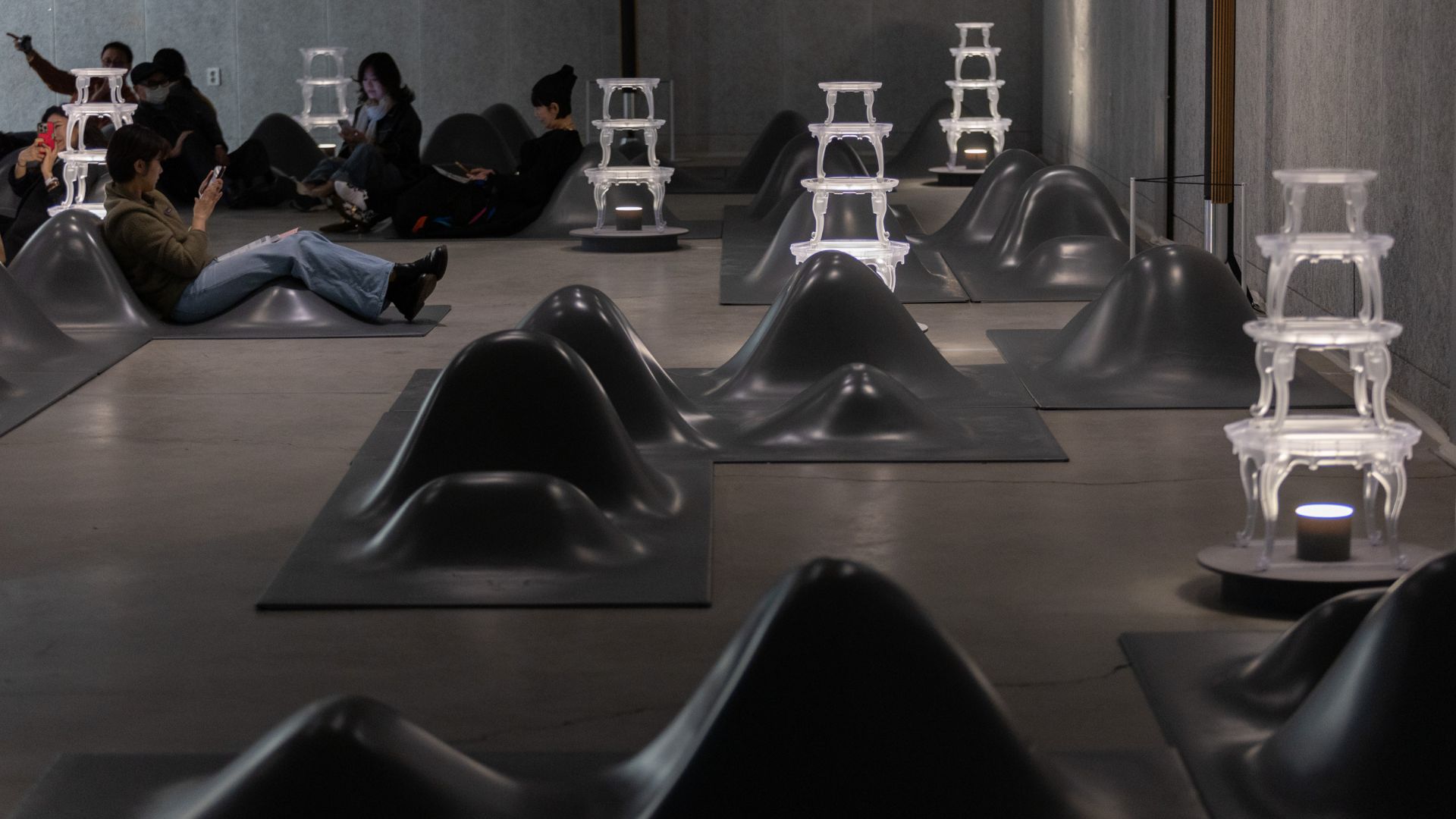Mauro Porcini and the human side of innovation
Designers have a lot to say when it comes to innovation: in his book, Mauro Porcini, SVP & Chief Design Officer of PepsiCo, explains why

Mauro Porcini is a happy designer. One of the few who was able to make it a big corporation without giving up on his original ideal: making business and economic interests to re-align with the interests of people and society.
It’s a massive change, which entails a shift in the mentality of large cohorts of people when it comes to innovation. And one in which, according to Porcini, designers have a lot to say. And when it occurs, we will all be better off.
He explains this very clearly in his book – The Human Side of Innovation: The Power of People in Love with People – published last year in Italian and now available in an updated version in English.
The launch of the book – a clever mix of biography and leadership vademecum, packed with anecdotes and tips – was scheduled for last October but was delayed for what is a strange occurrence in the publishing world: an overload of pre-orders.

Your book is going super well. Are people so crazy about design?
Mauro Porcini:
“They are not. Designers are crazy about design but a traditional book about the discipline doesn’t stir hearts of non-professionals. Design fascinates people when it’s presented as a bridging element between different worlds. Which is, after all, exactly what it is, yet not many tackle the topic from this angle. Design books are normally about pretty pictures and interiors.
The Human Side of Innovation: The Power of People in Love with People is about innovation and how to carry it out in the industry (any industry) by leveraging on design values.
So inherently it’s a mix: a story addressed to professionals looking to do something new, disruptive and relevant for people; and a voyage of discovery into how design thinking can support leaders in getting there.
We live in a life-changing time, in which paradigms need re-considering. So naturally this alternative approach to innovation has great attention from an audience that is larger than that of classic design books”.

In your book, innovation seems to stem from an attitude. How would you describe it and what does it have to do with design?
Mauro Porcini:
“I have always been convinced that contemporary innovation needs to be relevant for people and caring for the planet. And that it can only be as such if it emanates from three attributes:
- Kindness: addressing people’s actual or latent needs through empathy
- Optimism: convincing us that a future that is preferable for all stakeholders is possible
- Curiosity: making us work and explore relentlessly, and joyfully.
These are unexpected attributes in the world of innovators: just 10-15 years ago innovation was driven by different values.
Yet they make up an attitude that has always been part of designers’ cultural heritage, since – especially in Europe and particularly in Italy – we are trained to connect social, cultural and psychological needs with technologies and marketing requirements.
This is why the more innovation needs relevance, the more it needs design”.
How does design come to be a bridging agent?
Mauro Porcini:
“In most Design Schools and Universities pupils are taught to address desirability, viability, and visibility. They need to understand what people want, be able to make it happen and communicate it.
Designers are trained to work on all three innovation pillars equally while specialists of other disciplines – engineers, marketers – will go much more in-depth in only one, maybe two of them but will miss the overall picture.
This bird’s-eye view is what makes designers, obviously good ones, able to put various inputs together creatively, to come up with relevant innovations and to present them in an appealing, engaging manner. Needless to say, this happens when they work in a like-minded team. Because innovations are never a single person’s invention”.

If designers are such good innovators how come that they are not universally perceived as such?
Mauro Porcini:
“It’s a cultural issue and the design community has to blame itself for it. For decades, magazines, books and institutions have been portraying design as an aesthetic add-on to products.
They have been tapping on its most visual aspect which is clearly key but is not the only one. Interestingly, in the US – where design education is less centered on human sciences as it is in Europe – publications and scholars have been communicating design as a strategic discipline more than their European counter parts.
Which is a great loss for Europe since this is where design is taught more as a multi-disciplinary tool.
Take the Milan DesignWeek, for instance. In Europe this is told as a furniture happening yet truth is at the Fuorisalone most intriguing ideas come from many other industries. The City would have a lot to gain if it started to engage in a larger discussion and positioning about what design is”.
What should young designers do if they want to work as innovators?
Mauro Porcini:
“They should try to enter complex companies where they can be exposed to many different ways of innovating. Designers need to understand marketers and learn to work with engineers. They must figure out the priorities of businesses and provide their empathic approach towards product development.
The mistake many designers make is considering themselves the custodians of human values, above business needs. Seeing professionals of other disciplines as their mentors will, on the contrary, help create the fruitful exchanges of ideas and approaches that contemporary innovation requires.
Once again, it’s all about kindness, optimism and curiosity”.
Read also ‘What does it mean to be a Chief Design Officer?‘












